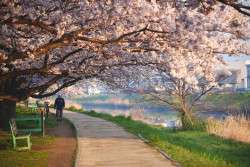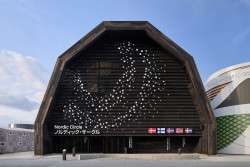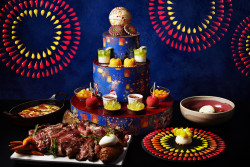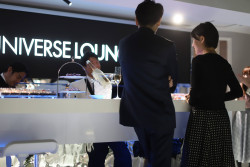
Originally published on metropolis.co.jp on November 2013
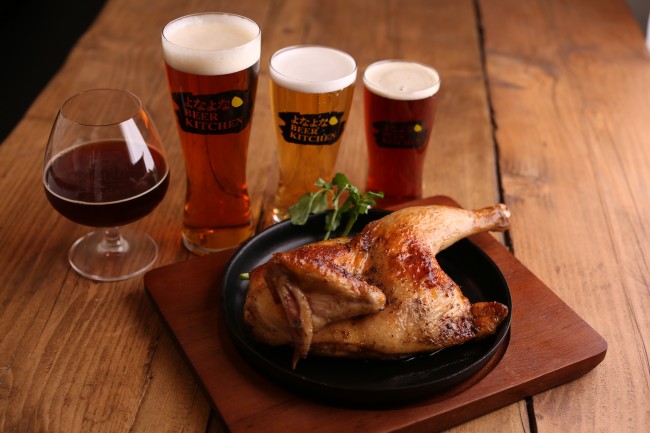
The big news across Japan at the moment is that UNESCO may be awarding washoku (traditional Japanese cuisine), with the title of “Intangible Cultural Heritage.” Washoku is well-balanced and based on seasonal and local ingredients that makes the most of natural flavors (see our Autumn’s Bounty feature on this season’s best produce).

There is a lot going on in Omotesando at the moment. On November 30 Max Brenner will be opening a chocolate shop and café in Omotesando (4-12-10 Jingumae, Shibuya-ku. www.maxbrenner.com), just next door to a boutique by celebrated French chocolatier Jean-Paul Hévin. Chocolate pizza (pictured) is just one temptation on the decadent menu. Nozy Coffee, a mecca for caffeine devotees in Sangenjaya, has opened a second location, The Roastery (5-17-13 Jingumae, Shibuya-ku. www.tyharborbrewing.co.jp/jp/roastery). They are offering New York Rings, a new take on the hybrid croissant and doughnut that has taken New York City by storm created for them by Breadworks. The cafe opens at 8am, but deep-friend croissants aren’t delivered till 11am, so if you need another sugar kick after a coffee and doughnut, join the line at KuKuRuZa (4-12-10 Jingumae, Shibuya-ku. www.kukuruza.jp) at Omotesando Hills, which boasts a variety of flavored popcorn including “truffle fromage porcini” and “maple bacon.”
Kinki University, famous for Kindai tuna—a farmed bluefin tuna that has been raised from egg to maturity, will open a restaurant at Ginza Corridor (2F Yamashita Bldg, 7-2 Ginza, Chuo-ku) December 2. The restaurant, called Kindaisotsu no Sakana to Kishu no Megumi: Kinki Daigaku Suisankenkyujo (ridiculously long name, but what do you expect from an educational institution?), opened its first shop in JR Osaka station that is extremely popular. Kinki University, located in Wakayama prefecture, farms a variety of seafood including madai (sea bream) and buri (yellowtail) that is also on the menu.
Craft beer restaurants continue to open up around the city, including Yona Yona Beer Kitchen in Akasaka (2-14-3 Nagatacho, Chiyoda-ku. www.yonayonabeerkitchen.com). Right now you can get a flight of three beers and try their roast chicken.

GranRoof, a dining section in Yeasu side of Tokyo Station (1-9-1 Marunouchi, Chiyoda-ku. www.tokyostationcity.com/tsc/granroof.html) has some new restaurants to the metropolis. Yamagata Sakana Ichi (GranRoof B1) serves over 100 different saké from the Tohoku prefecture famed for its good water and rice. Nagoya classic shop Yabaton (GranRoof B1) is known for its miso katsu, tonkatsu served with a miso sauce. At R.L Waffle Café (Gran Roof 1F), diners can bake their own waffles, just like Centre The Bakery (1-2-1 Ginza, Chuo-ku) where you toast your own bread at the table. Is tabletop electronic kitchenware a new trend?
Martiniburger in Kagurazaka (31 Nakazatocho, Shinjuku-ku. http://martini-burger.com/en) has expanded their menu including pastrami sandwich, lamb burger and more salads.
Yukari Sakamoto is the author of Food Sake Tokyo. She offers tours of popular food destinations in Tokyo like Tsukiji market, depachika and supermarkets. She is a trained chef, sommelier and shochu advisor.
Twitter: @YukariSakamoto
Blog: Food Sake Tokyo

